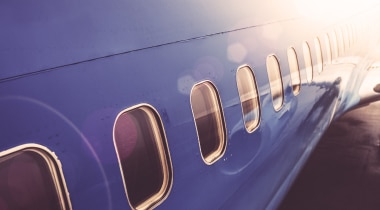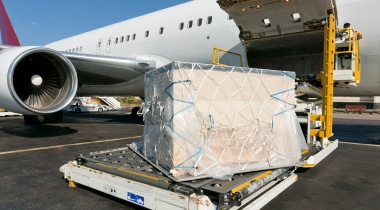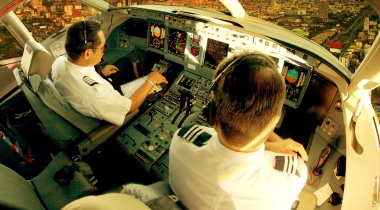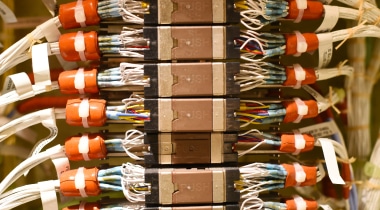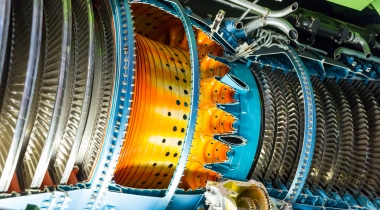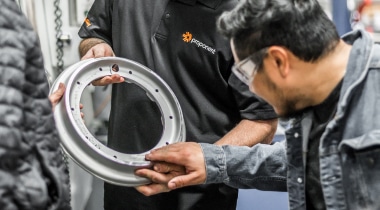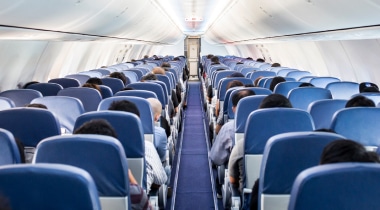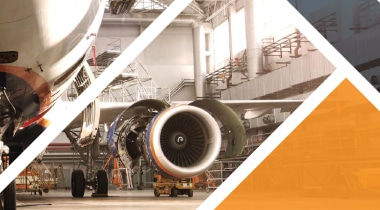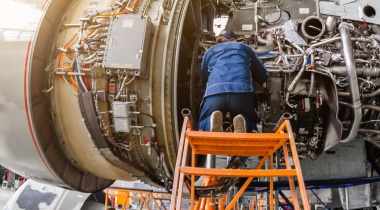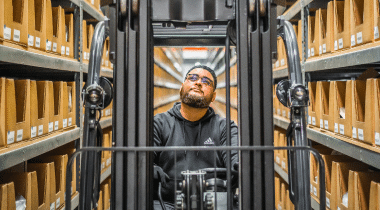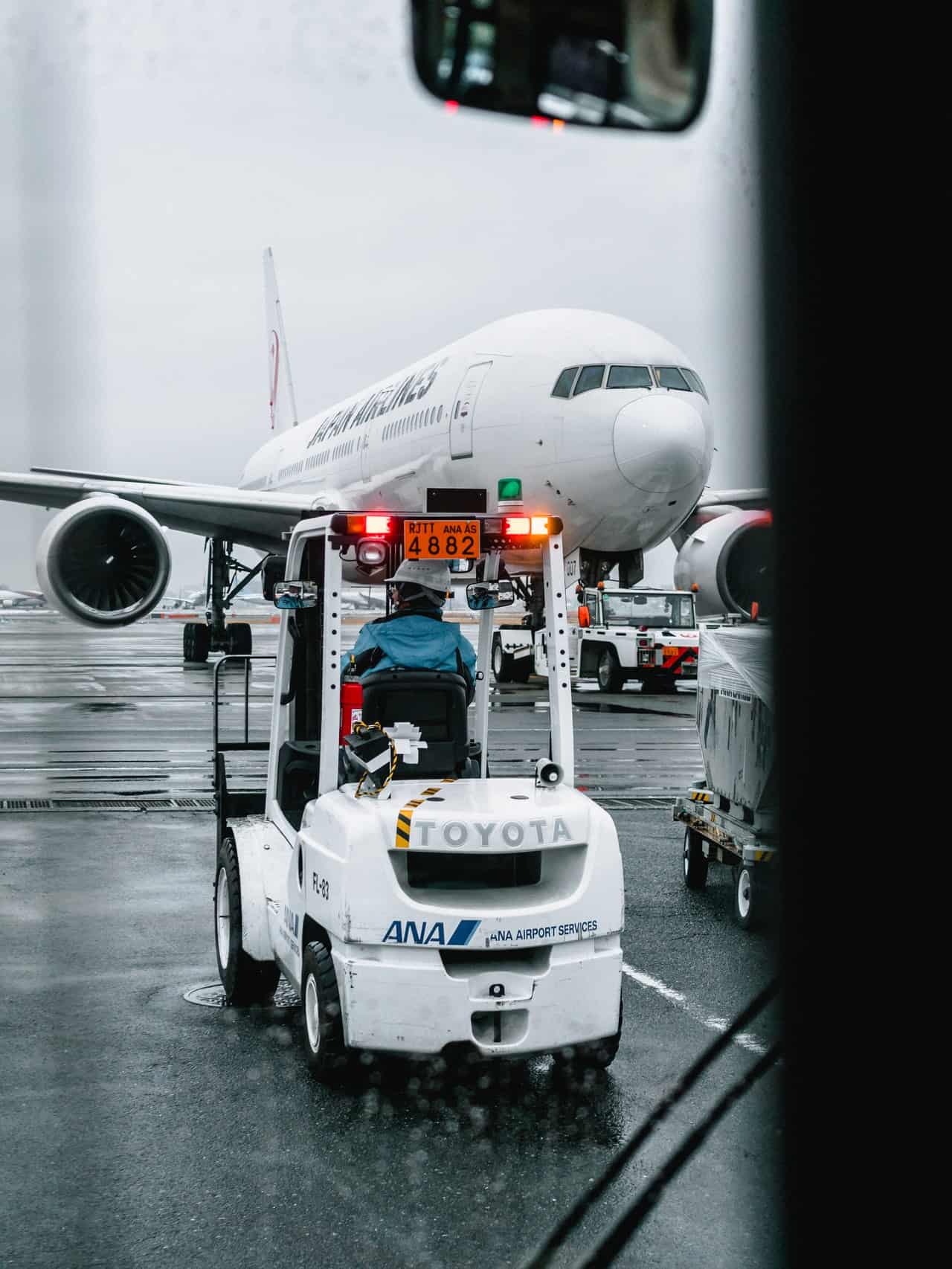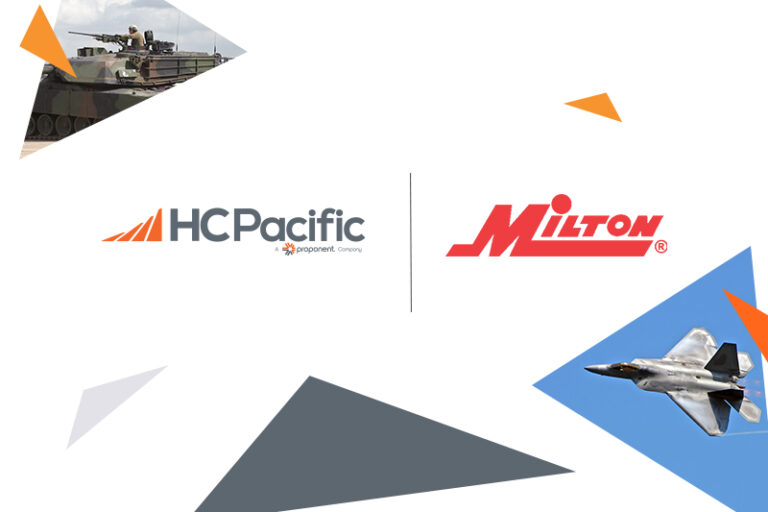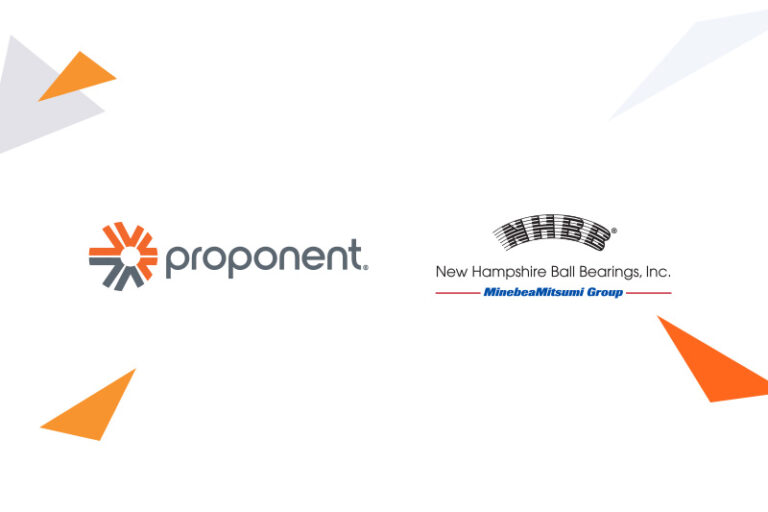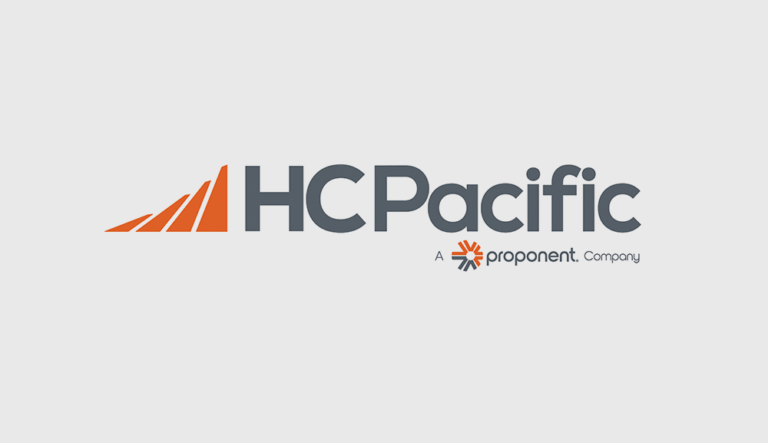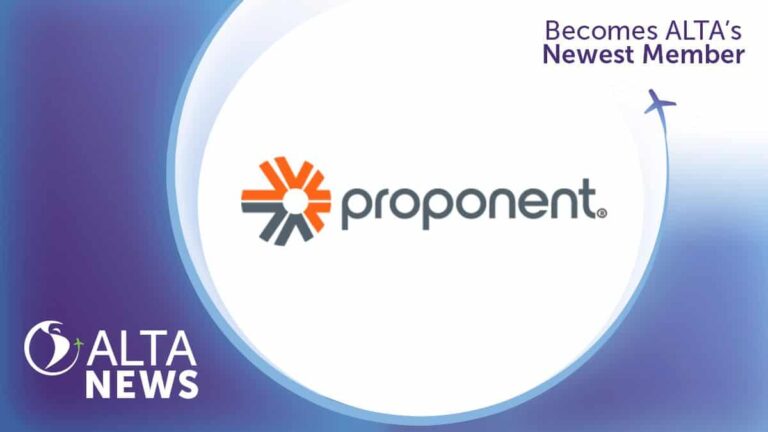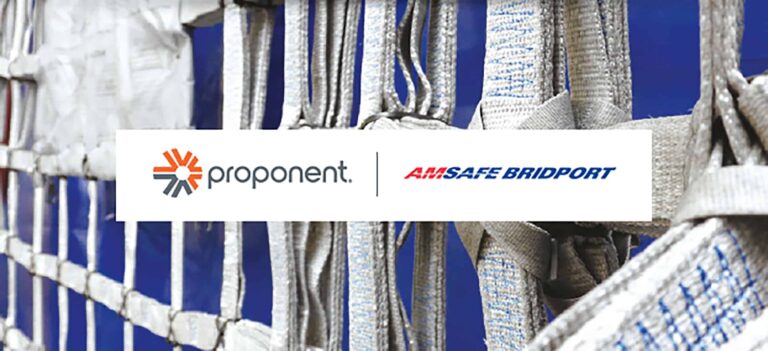Overview
Flying, especially commercial flight, is known to be one of the safest forms of transportation. In fact, when compared to automobiles, the difference is enormous. According to the National Security Council, 1 out of every 106 deaths is caused by an automobile accident. On the other hand, airplane crashes are so infrequent that one source estimates you have only a “1 in 205,552 chance of dying as a passenger on an airplane.”
So what makes airplanes so safe? One major reason is the safety precautions put in place by the Federation Aviation Administration (FAA). On top of safety regulations, they also require regular inspections to ensure that each aircraft meets the high standards they’ve put in place. There are three main types of inspections that every maintenance team should know about and prepare for before departure.
Types of Inspection
Depending on the type of aircraft you are working on, you’ll need to make sure that one or more of these three inspections is regularly performed in order to check the safety of the plane.
100-Hour Inspection
According to the FAA, every aircraft that carries passengers for hire, no matter its size, must undergo a 100-hour inspection. Unlike 50-hour inspections that focus on small things like changing the oil and checking the spark plugs, 100-hour inspections are much more involved. During a 100-hour inspection, the crew inspects every major component of the aircraft, even removing windows, doors, tires, and other vital components. They may even perform a borescope inspection, analyzing and inspecting small parts in hard to reach areas of the aircraft. For a complete list of everything that will be inspected, you can use the FAA’s checklist. However, you will not need to get your 100-hour inspection endorsed by a mechanic with inspection authorization (IA).
Annual Inspection
Annual inspections take place as often as you’d guess, once a year. They’re required for any plane without a progressive inspection plan or another certificate that’s been signed off by a mechanic. Like the 100-hours inspection, the annual inspection is comprehensive. However, the annual inspection is more in-depth, as it also includes checking the log-book, engine, and flight surfaces. This inspection determines whether the plane is safe and can fly for another 12 months, or whether it will first need repairs. Like a car inspection, you have up through the month you got the inspection the previous year to complete the inspection. For example, if your plane is inspected on January 2, you have until February 1 of the next year to complete the inspection. Make sure your inspection is authorized as well. An annual inspection must be endorsed by a mechanic who has an IA.
Progressive Inspection
Progressive inspections examine the same features as the annual and 100-hour inspections. The difference is who can perform them and how often they occur. These inspections are often the choice for maintenance teams who prefer to space out their inspections. Progressive inspections flight schools or Fixed Based Operators (FBOs). They more frequently inspect the aircraft, usually around 25 or 50 hours, and just need to make sure they’re inspecting the same required items that are covered in the annual and 100-hours inspections over the course of a year. These kinds of inspections are performed by the technical team.
How COVID-19 Has Impacted Aircraft Inspections
Because of COVID-19s impact on travel, many aircraft have been grounded and aren’t currently in use. It’s expensive for companies to ground planes in the short term, known as “active parking.” Although they’re usually only parked for three to six months, the Financial Times reports that it costs an estimated $30,000 to prepare and maintain each plane for active parking. The planes also need to be transported to the storage facilities as U.S. companies often ground their planes at MRO facilities in the desert to keep them dry and prevent damage.
As these planes aren’t in the air, they don’t need to have regular inspections done until they’re ready to fly again. However, this doesn’t mean that they are completely exempt from inspections. Instead, maintenance teams understand that these parked aircraft will be in need of specific inspections to ensure they’re ready to go when needed.
How to Prepare an Aircraft for Active Parking
Before an aircraft is parked, they should first be prepared for long-term parking. One recent article prescribed the following: Maintenance teams should cover airplane parts such as windshields to protect them, and slant any openings, such as vents and static ports, to prevent outside contaminants from entering the aircraft while it’s stationary. Aircraft should also be periodically maintained as systems such as hydraulics and brakes need to be cycled, and tires rotated on top of basic maintenance tasks.
As maintenance prepares and then performs the necessary upkeep, they should also perform inspections. Specifically, the A/C, electrical, and steering systems should be routinely inspected while planes are parked. This usually means check-ups a few times a month. Taking care of the planes while in storage ensures that there will be minimal problems to fix when the planes are ready to go back into use.
How Proponent Can Help with Aircraft Inspections
Proponent provides customized services, solutions, and products to help make your job easier. We deliver high-quality aircraft parts on a global scale to ensure you have everything you need to keep your aircraft running smoothly. Learn more about Proponent and browse our wide range of products.
